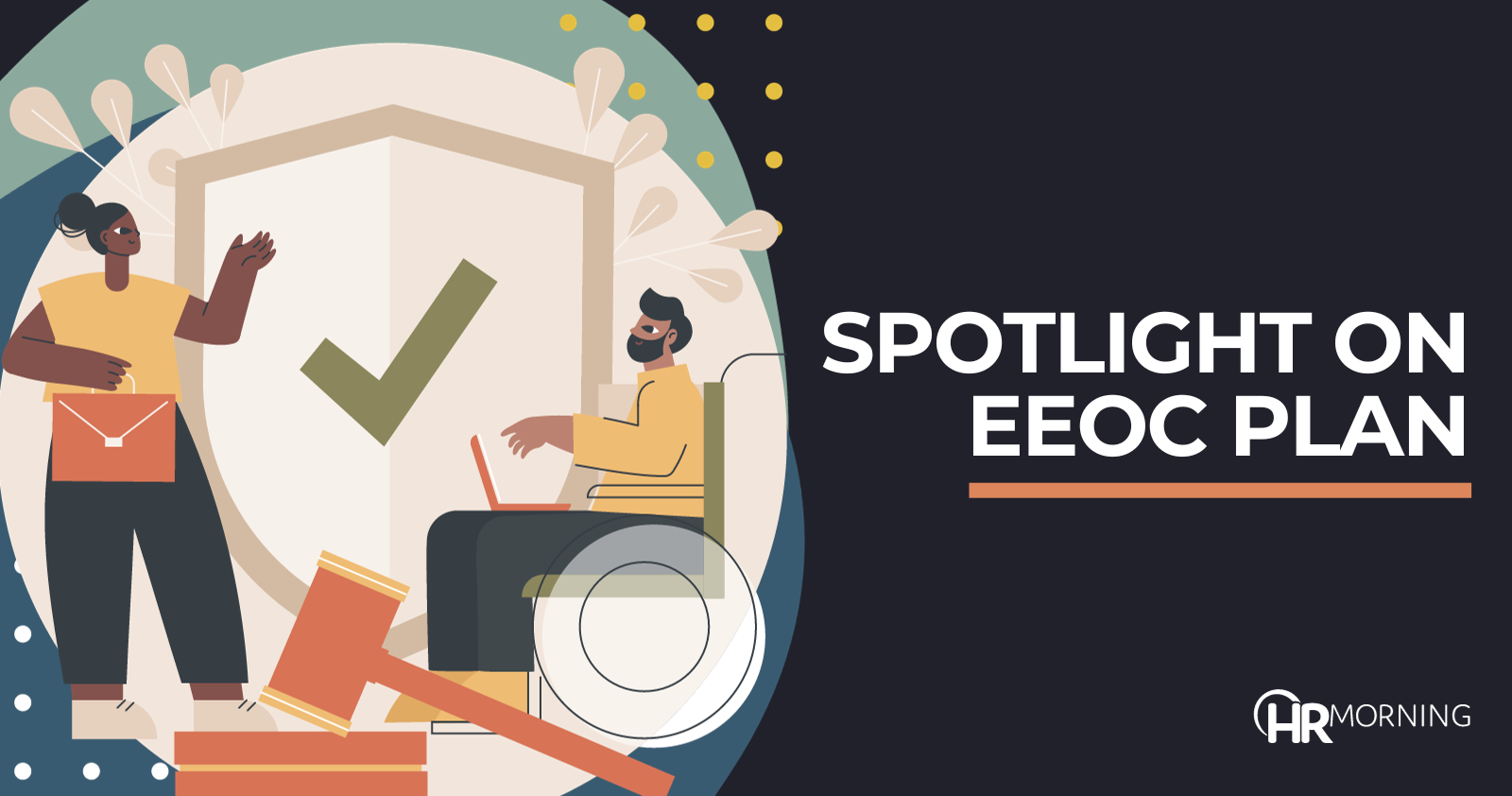Since its establishment on July 2, 1965, the Equal Employment Opportunity Commission (EEOC) has been committed to its mission of eradicating workplace discrimination, both on an individual and systemic level.
However, the EEOC’s recently unveiled 2022-2026 strategic plan highlights a significant shift in focus. Under the new EEOC plan, systemic claims will now be given added emphasis, highlighting the need for a proactive approach to comprehensively address workplace discrimination.
EEOC plan looks for patterns
According to the EEOC, systemic cases are defined as “a pattern or practice, policy, and/or class cases where the discrimination has a broad impact on an industry, profession, company, or geographic location.”
These claims have the potential to create broader impacts on the workplace than individual claims and can result in substantial financial, reputational, and operational costs.
If hiring or promotion policies, for example, are carried out and not justified by a business necessity or distinction and lead to members of one group getting preferential or better career and workplace outcomes, organizations may be subject to enhanced scrutiny.
It’s not just about addressing isolated incidents but about challenging biases and practices that affect entire communities within the workforce. It’s a call to action for organizations to scrutinize their practices and ensure they align with the law, promoting fairness and equity for all employees while avoiding legal risk.
Need for proactive plan
Like most forms of risk exposure, a proactive plan of action that establishes standards and expectations is far more effective than reacting to individual incidents where potential liability has already been established and resources will be spent mitigating the impact while root causes go unchecked.
Leaders across organizations must recognize the evolving landscape of workplace discrimination and commit to fostering systemic change through daily actions. For example, organizations must make enduring commitments, treating the issue of discrimination as seriously as they do matters like safety, innovation, and operational processes.
Alter daily practices
Effective change begins with altering daily practices and behaviors and fostering an environment where employees feel empowered to voice their concerns and trust that they’ll be supported.
Leadership must ensure that their actions align with the core behaviors required to create a diverse and inclusive workplace.
Most organizations already have values that include principles like “respect,” “fairness,” and “teamwork.” However, these values hold no weight if they are not communicated, understood, and applied continuously and explicitly across the organization.
Encourage collaboration
A healthy culture encourages collaboration and innovation, and this requires all employees to feel valued and empowered. Systemic discrimination not only increases risk; it also hurts the people and processes upon which the organization’s operational and financial success depends.
If leaders don’t practice what they preach, the culture and organization will suffer. Building a culture that discourages discrimination, fosters inclusivity, and attracts the best talent requires more than just policies and training. It necessitates commitment, communication, consequences for discriminatory behavior, and continuity in employment initiatives.
Inclusion thrives in an environment where people feel comfortable discussing differences, opportunities, and ideas openly. This also reduces the likelihood of behavior trends that rise to the ‘systemic’ level being scrutinized per the EEOC’s 2022-2026 strategic plans.
C-suite take ownership
To bridge the gap between policies and action, leaders must take ownership of the issue and manage diversity and inclusion like any other organizational process. Senior leaders should regularly incorporate discussions about diversity and inclusion into meetings, hold employees accountable for their actions, and make a culture of inclusion an integral part of the organization’s DNA.
The EEOC’s renewed focus on systemic discrimination is a call to action for organizations and their leaders. It underscores the importance of addressing deeply rooted biases and practices that affect entire communities within the workforce. By embracing diversity and inclusion as a top business priority, organizations can not only minimize legal risks but also create workplaces that attract and retain the best talent, foster innovation, and drive positive results.
It’s a journey toward inclusive excellence that requires continuous commitment, communication, and a collective effort from leaders across all levels of the organization.



